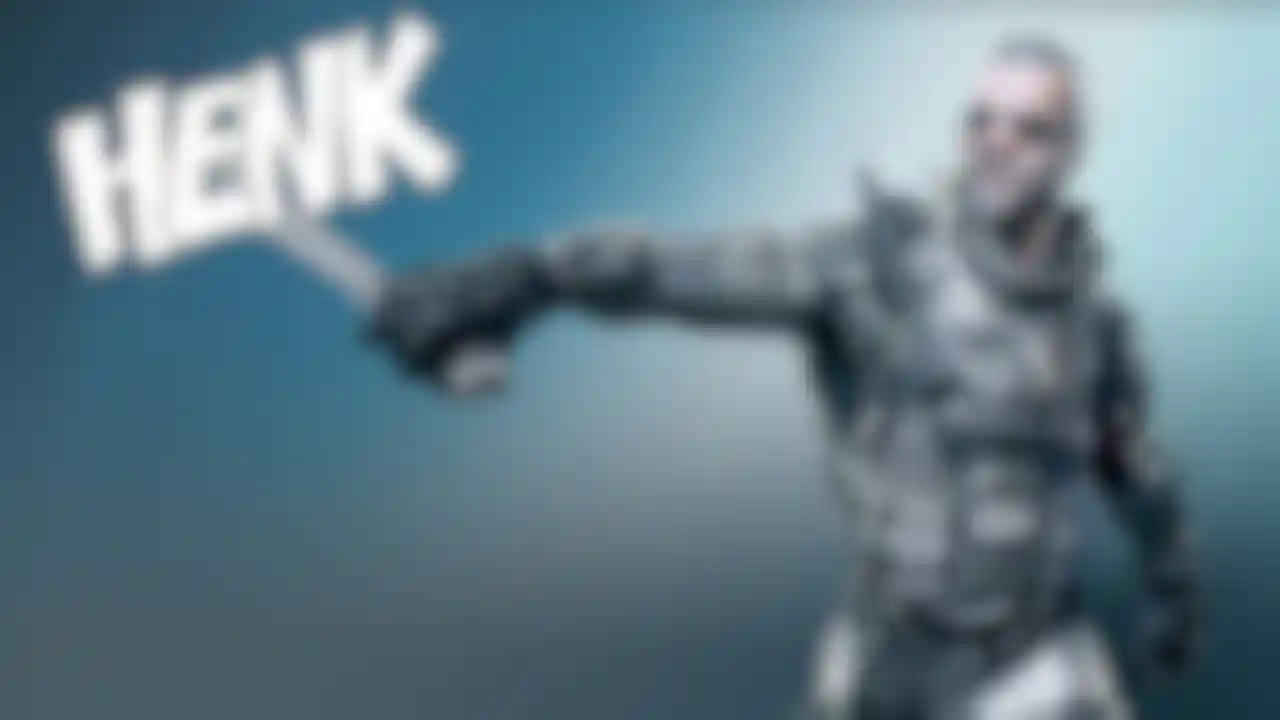
Henk Olivier Thill and Benjamin Alcover talk about how they used cell-shader style renderings from ZBrush to produce a full-fledged graphic novel.
Because of all the fame that ZBrush has received from the way it has been used in the motion picture and gaming industries, it's often easy to forget the program's origins as a 2.5D painting program. At its most fundamental level, ZBrush is a painting program powered by a real-time 3D rendering engine. This means that not only is it a great tool for artists wishing to sculpt realistic models and add higher levels of detail to their work, it's also able to stand on its own as a rich illustration program.
For this interview we wanted to highlight the illustrative side of ZBrush and feature how it's being used in a way that many people haven't seen before. Who better, then, to turn to than Olivier Thill and Benjamin Alcover? Many people over the years have dabbled with getting a cell-shader style of render from ZBrush but Benjamin and Olivier have taken this to the next level by producing a full-fledged graphic novel!
We hope that you will enjoy exploration into the other side of ZBrush, and perhaps be inspired in your own illustration endeavors!
Tell us about yourselves - your backgrounds, schooling, etc.
Olivier: I was born in Luxemburg on the 17 June 1982. I always liked drawing so I entered a design school and later a 3D animation school (Ecole George Méliès). Since 2006 I have lived in Paris and worked in the animation industry on movies, TV series and video games.
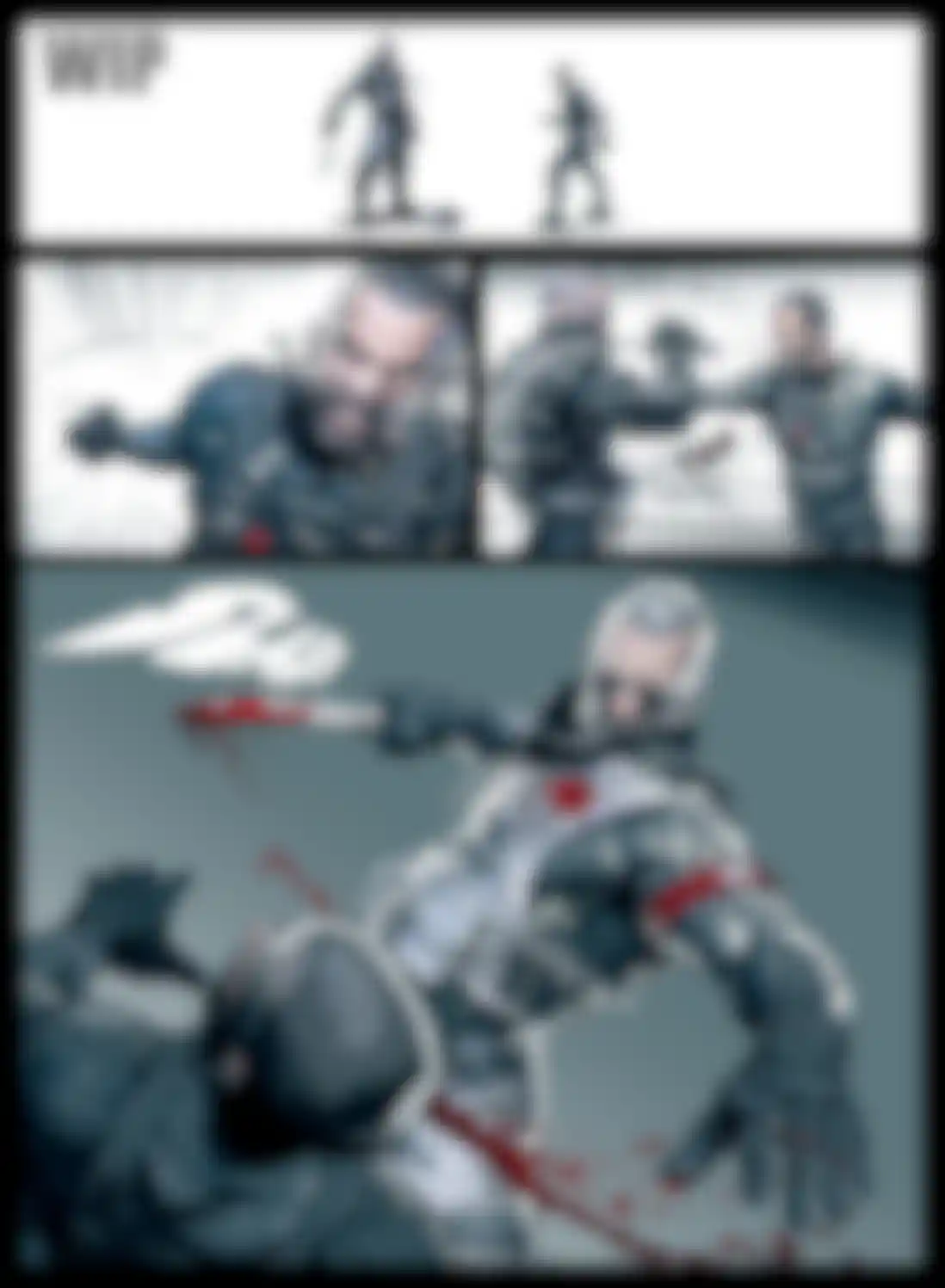
Two projects I worked on are:
www.dragonhunters-themovie.com
www.thuristar.com
Benjamin: I was born in France December 29th, 1982. I have always been passionate about comics, movies and construction. I made some short films in high school with two friends who are now a director and an animator. After that I attended an architecture school and later an animation school. I got my first job at Ateliers Jean Nouvel as a perspectiviste. I have since multiplied my artistic activities.
Here are some links :
www.wushu-artwork.com
www.jeannouvel.com
www.morph.fr
www.luxigon.com
How did the idea for doing a comic come about?
Benjamin: First of all we were "Bande Dessinée and comics" fans. We like them all, whether it's European BD, comics or manga.
Olivier: We had the idea for doing a 3D comic when we were at the animation school and we tried to do something with the characters we did at school. But we figured out very quickly that it would not be easy, especialy because of the character posing and the rendering. Since 3D is a slow process, you can't work fast. As a result, a lot of energy which you have when you draw is lost.

Could you give us a brief overview of the story?
Olivier: We don't want to give too much away, but the start of the story happens sometime in the near future. A mercenary has to enter an abandoned World War II U-boat to recover a rare item. This item then drives the rest of the story.
How did you meet?
Olivier: We met at the George Méliès animation school.
Benjamin: He hated me before knowing me! (laughing) Seriously, we were in the same class and became friends very quickly. We had a lot of things in common... we both liked Batman!
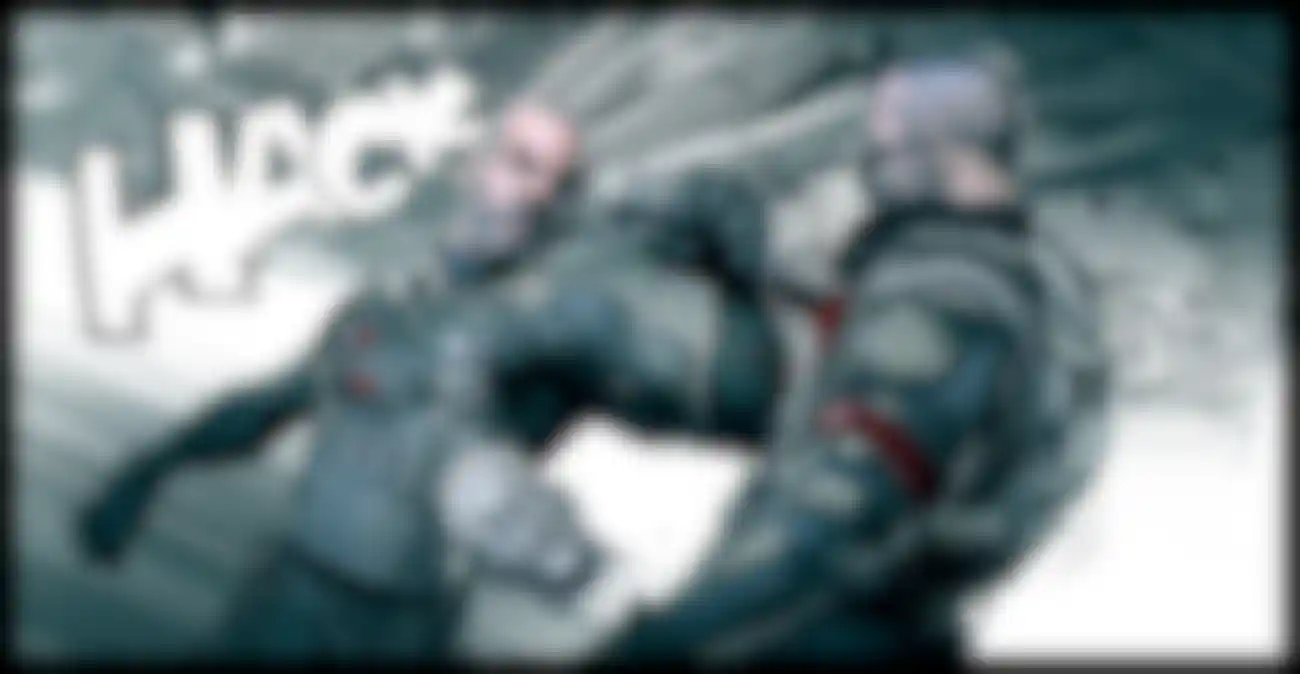
How long have you been using ZBrush and how did you discover it?
Olivier: I discovered ZBrush when I was at school. But it wasn't part of the education program. It is only later, in 2006 while working on Dragon Hunter (by the company that did "Despicable Me", "Minuscule", etc.) that I got really into it. I have used it ever since.
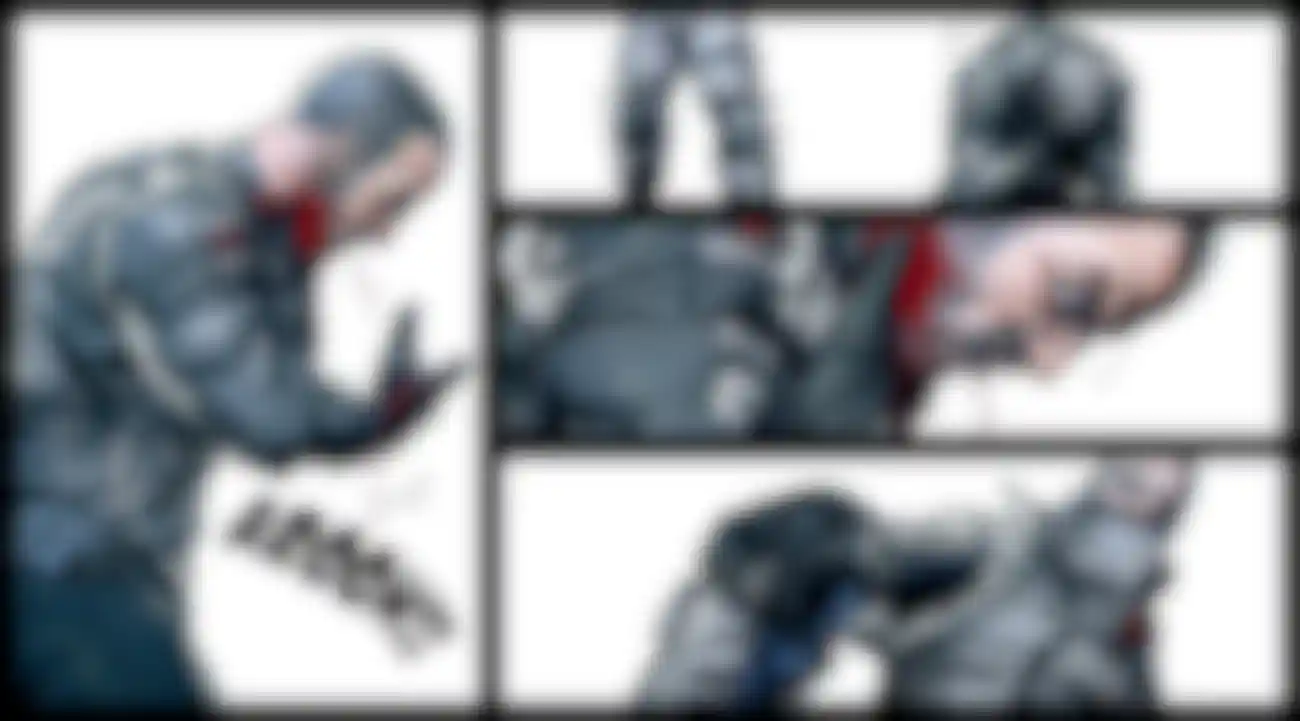
Who wrote the story and script? What was the inspiration?
Benjamin: We originally wrote a lot of different concepts. We chose to do this one because it made us travel a lot in our imaginations. The idea came together after watching some movies and documentaries.
Olivier: We understood each other pretty well on the theme. Each of us brings critiques and ideas to the story until we have something we like. We can say that our main references for the world are the "Metal Gear" games and "Indiana Jones" movies.
What was the reasoning for only using ZBrush and Photoshop?
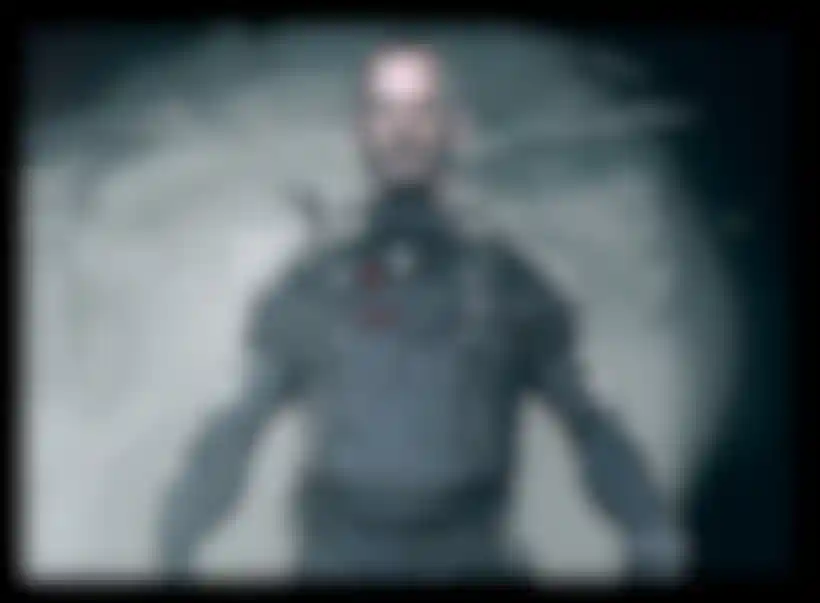
Benjamin: The main reason was to gain time and use techniques we like. The goal was to use the least possible software so as to simplify the process and make it possible for a good production.
Olivier: So we decided to combine ZBrush and any external compositing software. It does take some time to create the characters but once you have them, the process of posing and creating a page is very fast. Much faster when compared to hand drawn comics with that type of detail! The ultimate goal is to do a comic with higher quality and faster production time.
How many characters did you create? Do you have a favorite?
Olivier: Well, no idea. I have about five or six different shapes that I use now to work faster. They go from skinny to ripped and I have created a lot of different characters in ZBrush. My two favorites are the ones I use in the comic.
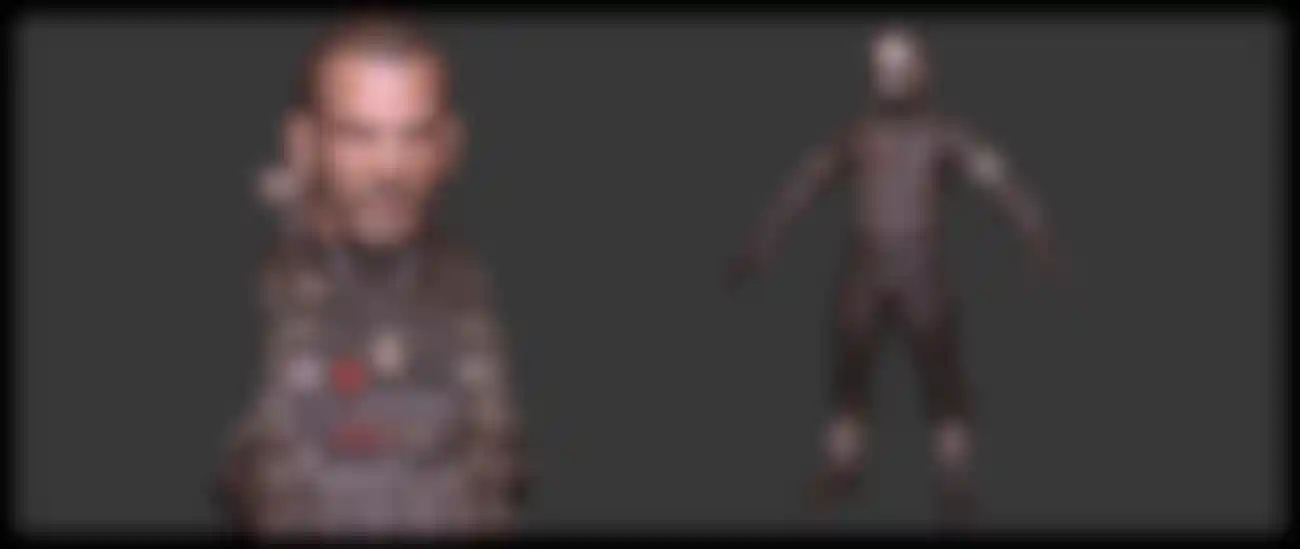
How is ZBrush being used for this project?
Olivier: Long story short, we were trying to find a way to do comics in 3D with classic 3D software but it took too much time and the results were not that good. Then came ZBrush 3 along with a few important features which were lacking in other software packages. First was that fact that you can sculpt with nearly no limits and do so QUICKLY. Also important was the fact that you can pose your character with all its objects and render with no need for another software package. That was all we needed; to work fast to keep our creative energy up with no limits. But it took us quite a while to find the right MatCap combination to get the results we wanted.
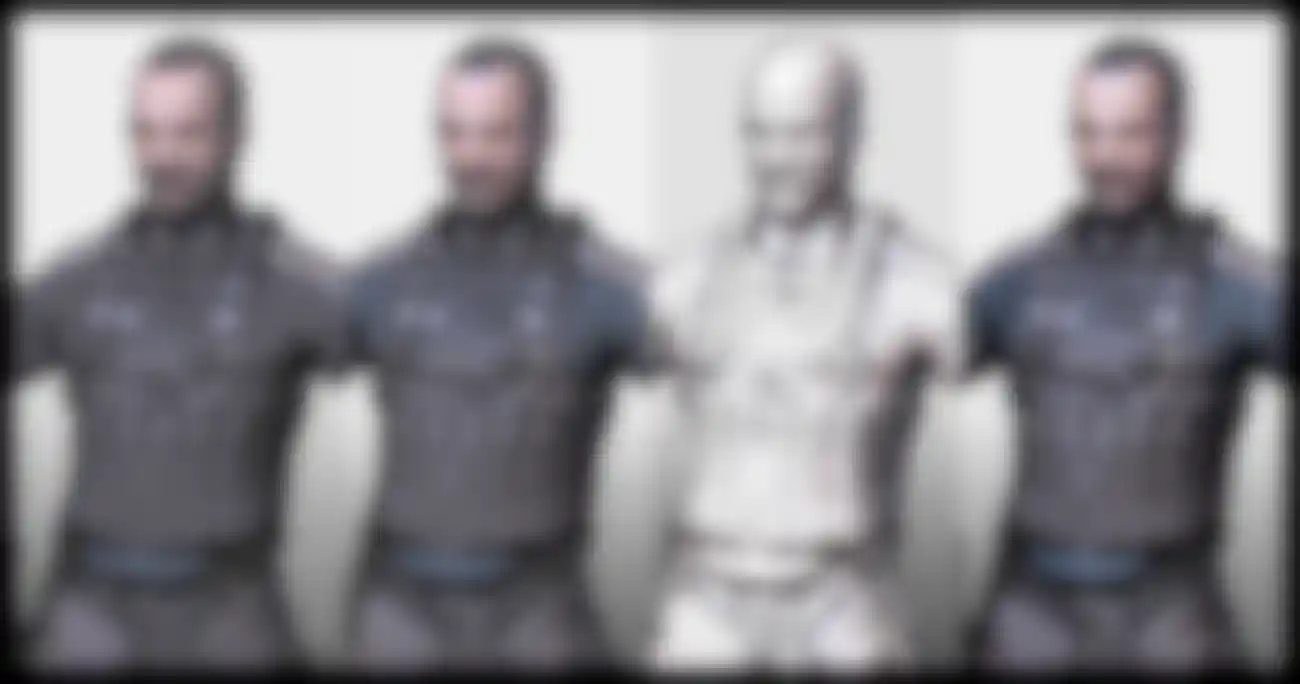
What is your workflow for creating the characters?
Benjamin: We first put ideas on paper and then we get references together (for example pictures of actors) to get the look right with the character.
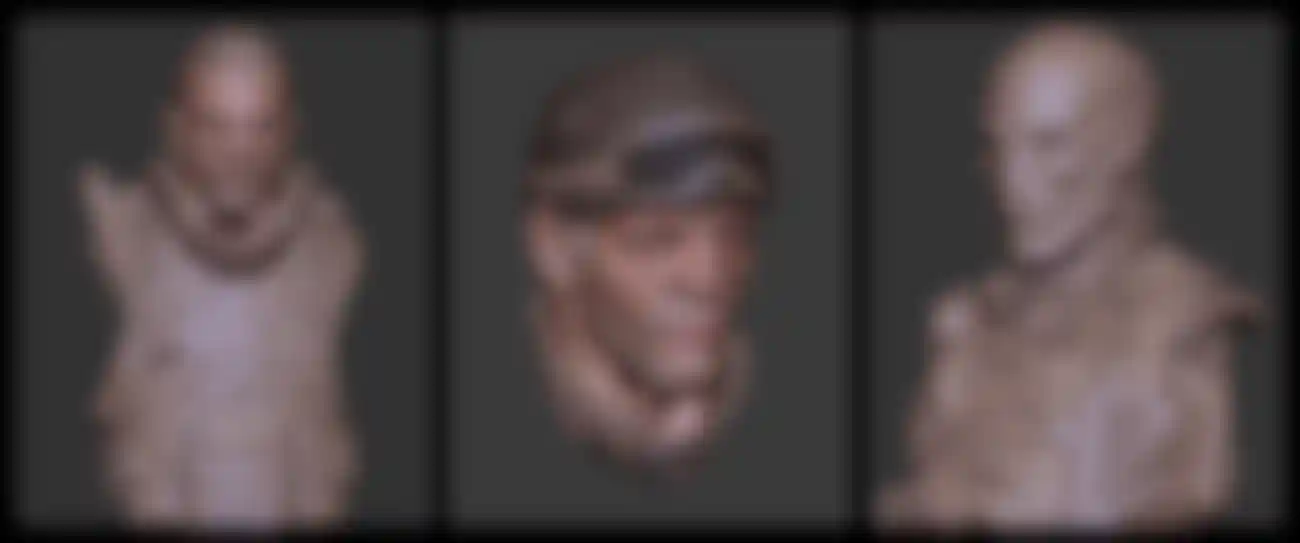
Olivier: Then I usually do the face with the body to get a general shape and I detail with the various tools offered in ZBrush.
I imagine it could be optimised but it is our first comic experience and we have about 10 to 15 SubTools per character. The heaviest in terms of polygons are the bodies and faces which have about three million polygons each.
Obviously, you use a specialized render workflow. Could you describe your technique?
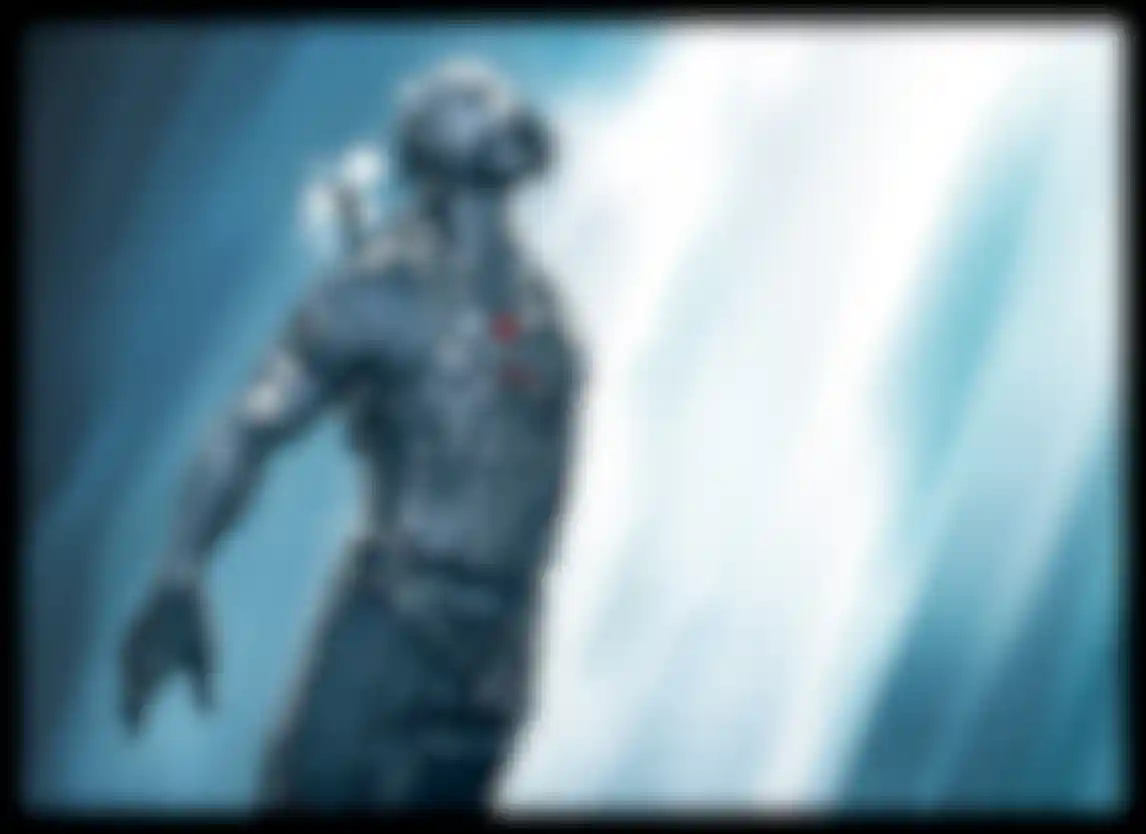
Olivier: The workflow is based on speed and simplicity. We pose our character, then load our first MatCap. It's a neutral material which gives the base color. From there we set all the SubTools to white because no color is needed for the next MatCaps we load. These are the outline, specular and highlight MatCaps. After loading each of these MatCaps we use ZAppLink to send that picture to Photoshop.
So all told, we create six ZAppLink screenshots and we composite the outline in Photoshop using Multiply. For the highlights and specular we use Lighten. For there we usually add some lines that are drawn by hand to give it a more comic-like pen and ink style.
Some of the materials used are MatCaps shared by other artists and some are classic MatCaps that are included with ZBrush which we did not change. They can all be found in Pixologic's MatCap library in the Download Center and we give appropriate credit in the ZBrushCentral thread. We use about six MatCaps. We don't change the lights (since MatCaps have baked-in lighting anyway) and don't even render using BPR.
Are props and environments also created using ZBrush? Vehicles?
Benjamin: We use paintings and photos for environments.
Olivier: For some parts of the background, for vehicles and weapons we use ZBrush.
What was the particular visual style that you were going for?
Benjamin: We did not want to do a classic 3D render. Our references were Jae Lee, Travis Charest or Alex Ross for the U.S. comics. Hergé, Marini and Bilal for Europe. Otomo, Ikegami and Benjamin for Asia. Although a lot of those opposed styles are influences for our work, we definitely wanted to have our own style!
Olivier: On one level we wanted to keep it traditional. Yet we also wanted to keep pushing it higher in terms of detail. Whether it was 2D or 3D looking it just had to look good to us. Some 3D comics have been done in the past with traditional 3D rendering techniques and somehow it does not work. It was not appealing but that didn't mean it can't be done right.
For me, getting to a certain level of modeling was very important to give the story the look it deserves. And I intend to improve much more. The ideas we have drive us to improve our skills to make it look believable.

Are you now using the ZBrush 4 renderer? Has it brought anything to the table to make your work easier or more spectacular?
Olivier: I don't think I have used it to its full potential. The process is very simple, based on ZBrush 3's capabilities. I'm sure there are improvements to be made with a better knowledge of the ZBrush 4 renderer and I intend to explore this as soon as I have some free time.
How long have you been working on the comic now? How far into the project are you?
Olivier: We have been researching for quite a while. But now that we have found what we were looking for, things are moving much faster. The real start of production was in September with the first ZBrushCentral post. The positive feedback from the community really pushed us to continue.
Benjamin: Our goal is twenty pages, which are already sketched and ready to be done in 3D. This is the minimum we have to do to sell the project. The fact that we also work full-time jobs often have very different schedules slows us down a lot.
Is there anything else you'd like to share with or say to the community while you have our attention?
Olivier: For me it would be "never let anyone tell you what you can't do". I believed pretty early on that I could do a comic in ZBrush but very few people believed it to be possible.
Benjamin: For me it is "long live the geek power" and "CG4EVER". This environment where there is both competition between and help for each other is the greatest. I really like the community spirit, so I have one wish for 2011: Let's make it live even longer!
Olivier and Benjamin: Thanks again, Pixologic for the interview. And big thanks to ZBrushCentral for the exposure!

How are you marketing your creation? When might we get to read it?
Olivier: If everything goes right it will be in 2011. It is all a question of how well we manage to get time together to finish it and the deals with the publisher... and of course finding a publisher!
Benjamin: We will be going to the comics festival at Angoulême at the end of January!